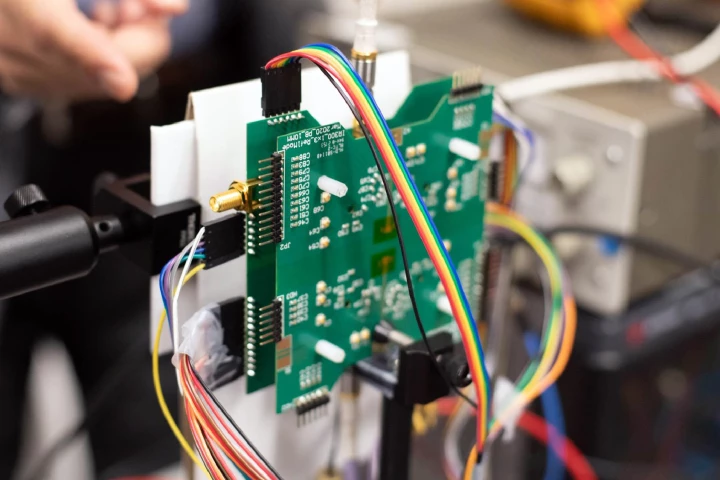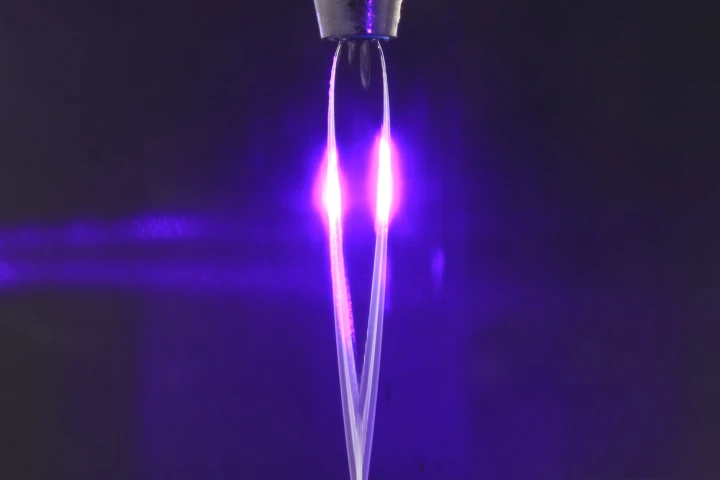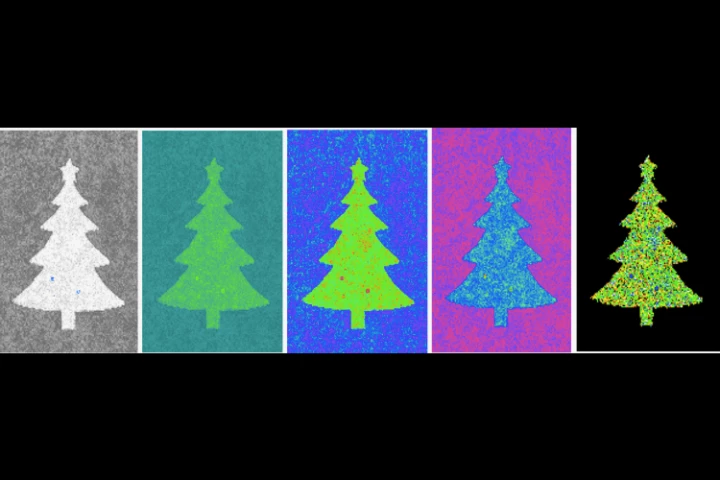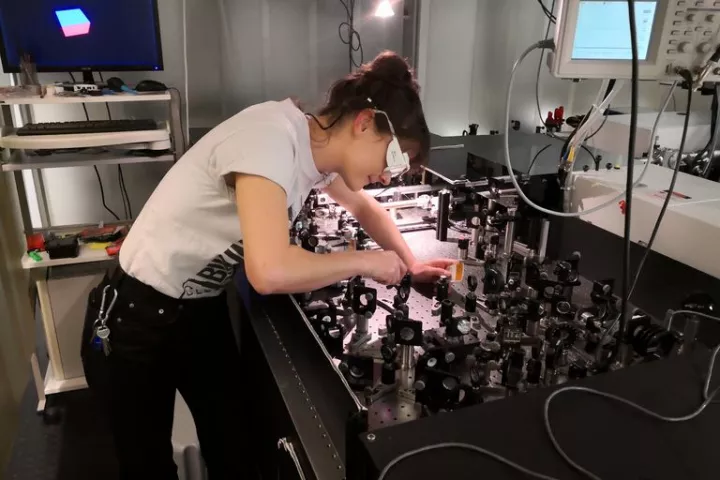Terahertz
-
Today's autonomous vehicles rely on cameras, and radar and LiDAR sensors to understand their surroundings and avoid obstacles. Teradar believes it can beat those technologies at their own game by looking elsewhere on the electromagnetic spectrum.
-
Researchers have created a tiny chip that can take images of objects through cardboard. The technology, designed to fit inside a smartphone, brings us a step closer to wielding Superman’s X-ray vision abilities (without the X-rays).
-
ID verification tags aren’t much use if someone can just peel them off and stick them to a fake product. MIT scientists have now designed ID tags that use the glue itself as a kind of fingerprint, and will scramble the barcode if someone peels it off.
-
Water is usually something you’d want to keep away from electronic circuits, but engineers in Germany have now developed a new concept for water-based switches that are much faster than current semiconductor materials.
-
A team of engineers has developed a new type of camera that can detect radiation in terahertz wavelengths. This new imaging system can see through certain materials in high detail, which could make it useful for security scanners and other sensors.
-
A couple of years ago, Canadian scientists celebrated the Christmas season by creating a microscopic gingerbread house. In that same spirit, Danish researchers have now produced the world's thinnest Christmas tree – and it's made of graphene.
-
Terahertz radiation is extremely useful but, traditionally, tricky and expensive to generate. Scientists at TU Wien have come up with a new source of terahertz radiation that they claim breaks records for efficiency and the breadth of its spectrum.
-
Using terahertz radiation, a new prototype device from MIT researchers can accurately identify letters written in a stack of paper up to nine pages in depth.
-
Researchers have developed a lens that operates at terahertz frequencies that are not only simple and inexpensive, but are claimed to produce near-flawless images which could vastly improve biomedical imaging as well as biological and explosive security scanning.
-
Researchers at MIT in the US and DESY (Deutsches Elektronen-Synchrotron) in Germany have developed a technology that uses high-frequency electromagnetic waves and could shrink particle accelerators by a factor of 100 or more.
-
Researchers at the University of Maryland have developed an ultra-thin terahertz band light detector that can see just below the surface of clothing, body tissues, plastic, and other non-metallic objects.
-
Researchers at the University of Michigan have found a way to accurately detect electromagnetic waves in the terahertz range by first converting them into sound. The advance opens up new applications ranging from tighter airport security to safer medical imaging.
Load More











